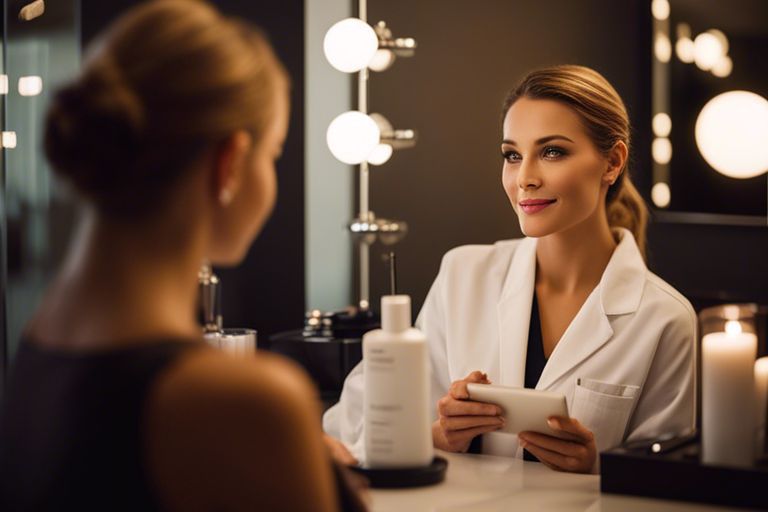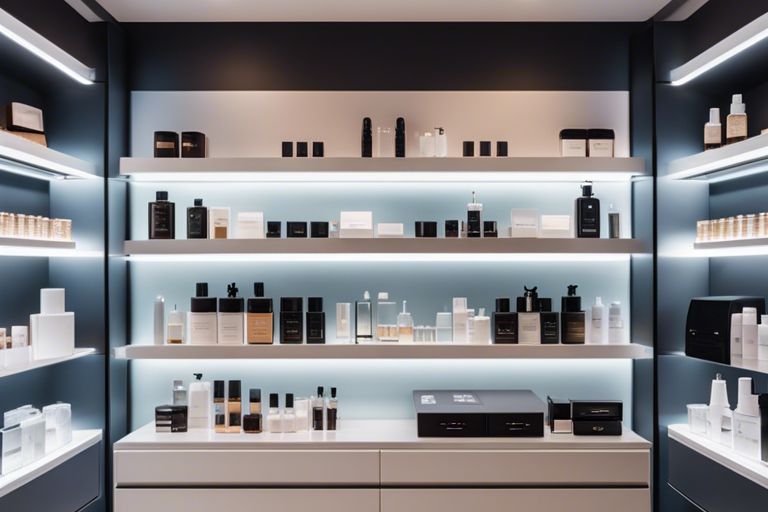Beauty care professionals know that attentive listening is key to providing exceptional customer care. In terms of personalized beauty treatments, understanding the unique needs and preferences of each client is crucial. By actively listening to clients and recommending tailored beauty solutions, you can create a truly customized and satisfying experience. This blog post will investigate into the importance of listening and recommending personalized beauty treatments for building strong client relationships and achieving successful outcomes in the beauty care industry.
Mastering the Art of Listening
Active Listening Techniques
Your ability to truly listen to your customers is paramount in providing excellent customer care. Any top-notch beauty therapist knows that active listening goes beyond just hearing words; it involves fully engaging with the customer, showing empathy, and demonstrating a genuine interest in their concerns. By practicing active listening techniques like maintaining eye contact, nodding, and summarizing what the customer has shared, you can create a comfortable and conducive environment for effective communication.
Understanding Customer Needs and Preferences
Mastering the art of understanding your customer’s unique needs and preferences is vital for recommending personalized beauty treatments. By asking the right questions and actively listening to their responses, you can gain valuable insights into what they are looking for in their beauty regimen. Whether it’s addressing specific skin concerns, matching their desired aesthetic, or considering their lifestyle and budget, understanding your customer’s individual preferences will allow you to tailor your recommendations to suit their needs perfectly.
Plus, by fostering open communication and building trust with your customers, you can create lasting relationships that keep them coming back for more personalized beauty treatments, further enhancing their overall experience with your beauty services.
Assessing Client’s Beauty Goals
Analyzing Skin Type and Condition
Some of the key elements in understanding a client’s beauty goals involve analyzing their skin type and condition. With a thorough assessment, you can determine whether the client has oily, dry, combination, or sensitive skin, as well as any specific skin concerns such as acne, aging, or hyperpigmentation. This information is crucial for recommending personalized beauty treatments that will address their unique needs and preferences.
Discussing Desired Outcomes and Expectations
For a successful beauty consultation, it is necessary to discuss the client’s desired outcomes and expectations. By actively listening to their concerns and goals, you can gain valuable insights into what they hope to achieve through beauty treatments. Understanding their expectations will help you tailor your recommendations to meet their specific needs and ensure client satisfaction.
Type of beauty treatments, desired timeline, and budget constraints are all important factors to consider when discussing desired outcomes and expectations with the client. By having a clear understanding of these aspects, you can provide recommendations that are realistic and achievable, setting the foundation for a successful beauty journey with your client.

Recommending Personalized Treatments
Customizing Skincare Routines
On the journey to recommending personalized beauty treatments, customizing skincare routines becomes crucial. Understanding each customer’s unique skin type, concerns, and goals is important to providing the most effective solutions. By analyzing factors such as skin texture, hydration levels, and any specific skin conditions, beauty experts can suggest tailored skincare products and routines that will deliver optimal results.
Tailoring Make-Up and Hair Care Solutions
With a focus on enhancing each customer’s natural beauty, tailoring make-up and hair care solutions is a key aspect of personalized beauty treatments. By considering factors such as skin tone, face shape, and hair texture, beauty consultants can recommend the most flattering makeup looks and hairstyles. Whether it’s a subtle everyday makeup routine or a glamorous special occasion look, providing personalized recommendations ensures that every client leaves feeling confident and beautiful.
A thorough consultation process is important in understanding the unique preferences and needs of each customer. By actively listening to their concerns and desires, beauty professionals can offer personalized recommendations that align with individual styles and beauty goals. By staying informed about the latest beauty trends and techniques, experts can provide cutting-edge solutions that cater to a diverse range of preferences and requirements.
Building Lasting Client Relationships
Ensuring Satisfaction and Follow-Up Care
Many beauty treatments require ongoing care and maintenance to achieve the best results. As a beauty professional, it is necessary to follow up with clients after their treatments to ensure their satisfaction. Providing personalized recommendations for at-home care products and scheduling follow-up appointments can help maintain the client’s results and strengthen the relationship.
Encouraging Feedback and Continuous Improvement
An important aspect of building lasting client relationships is encouraging feedback from clients about their experiences and results. By creating a culture of open communication, clients will feel comfortable providing honest feedback that can be used to continuously improve your services. One effective way to gather feedback is by sending out surveys after appointments or treatments to collect valuable insights from your clients.
To further enhance your clients’ experience and improve your services, it is necessary to analyze the feedback received and implement changes accordingly. By showing your clients that their feedback is valuable and that you are committed to making improvements based on their suggestions, you will demonstrate your dedication to providing high-quality, personalized beauty treatments.
Conclusion
Summing up, mastering the art of listening to customers and recommending personalized beauty treatments is crucial for building strong client relationships and ensuring customer satisfaction. By actively listening to their needs and preferences, beauty professionals can tailor treatments that meet the unique requirements of each individual. This personalized approach not only enhances the customer experience but also increases loyalty and repeat business. Note, customer care is at the heart of any successful beauty business, and listening and recommending the right treatments is key to standing out in a competitive industry.
FAQ
Q: Why is listening important in customer care for personalized beauty treatments?
A: Listening is crucial in customer care for personalized beauty treatments because it allows you to understand the customer’s specific needs, preferences, and concerns, which enables you to recommend the most suitable and effective treatments.
Q: How can active listening benefit the customer’s experience in a beauty treatment setting?
A: Active listening can enhance the customer’s experience by making them feel valued, understood, and cared for. It helps build trust and rapport, leading to better treatment outcomes and customer satisfaction.
Q: What are some key skills involved in effective listening for customer care in beauty treatments?
A: Key skills for effective listening include maintaining eye contact, nodding to show understanding, paraphrasing to confirm comprehension, and asking relevant questions to gather more information.
Q: How can beauty professionals ensure they recommend personalized treatments based on active listening?
A: Beauty professionals can recommend personalized treatments by summarizing the customer’s needs and preferences, offering options that align with their requirements, explaining the benefits of each recommendation, and seeking the customer’s input and feedback.
Q: What should beauty professionals do if they encounter challenges in understanding a customer’s preferences?
A: If beauty professionals face challenges in understanding a customer’s preferences, they should ask open-ended questions, actively listen to the customer’s responses, request clarification when needed, and suggest trial treatments to gauge the customer’s reaction.
Q: How can beauty professionals handle customer dissatisfaction with recommended treatments?
A: To address customer dissatisfaction with recommended treatments, beauty professionals should empathize with the customer’s concerns, offer solutions such as adjusting the treatment or providing a different option, and follow up to ensure the customer’s needs are met.
Q: Why is ongoing communication important after recommending personalized beauty treatments?
A: Ongoing communication is necessary after recommending personalized beauty treatments to gather feedback on the treatment’s effectiveness, address any concerns or issues that may arise, build long-term customer relationships, and enhance customer loyalty and satisfaction.





